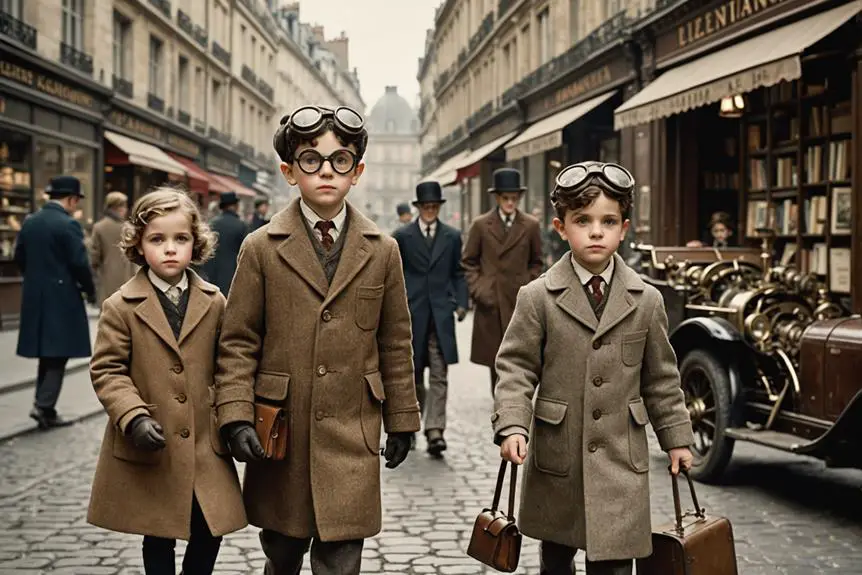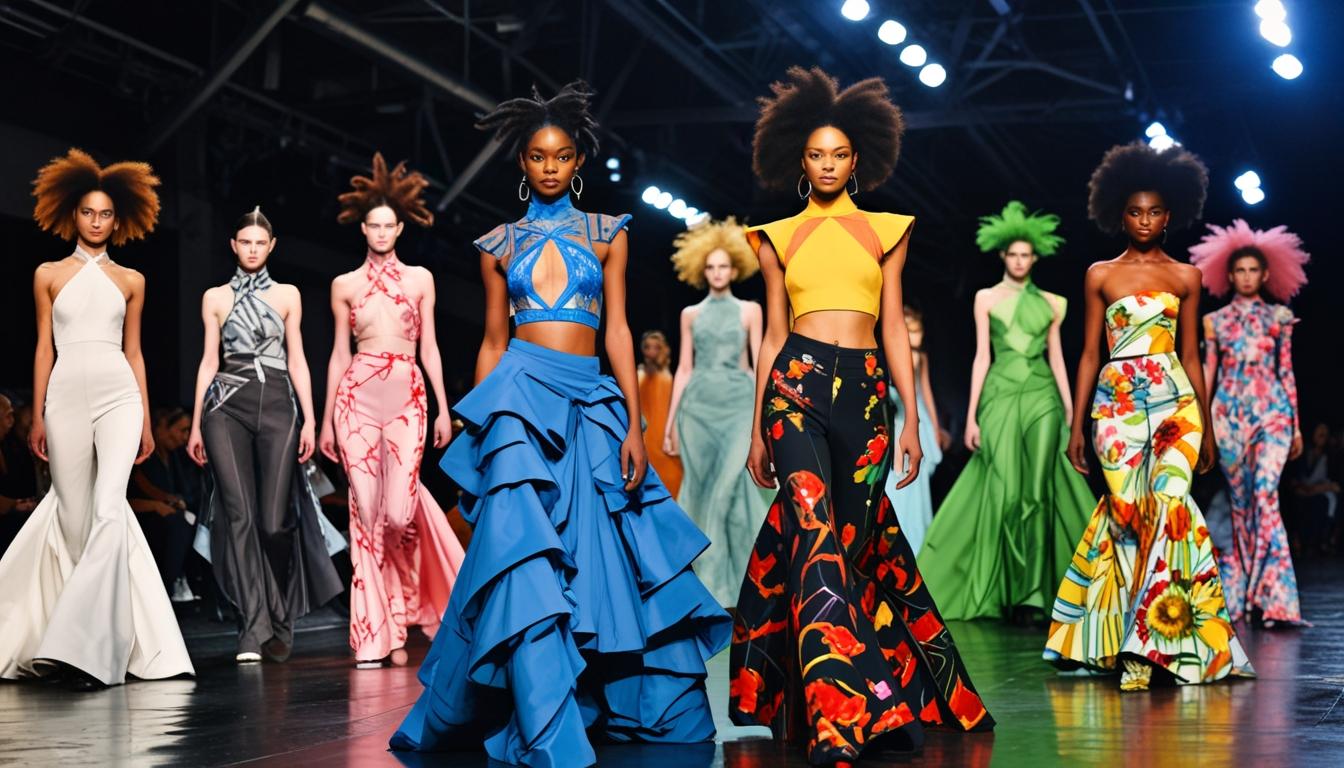When you look at the outfits in "Hugo," you can't help but appreciate how Sandy Powell's designs reflect the intricacies of 1930s Paris and early cinema. Each piece serves a purpose, revealing character traits and emotional undercurrents that go beyond mere fabric. For instance, consider how Hugo's slightly ill-fitting clothes symbolize his struggles, while Isabelle's charming ensemble evokes youthful innocence. The vibrant colors add another layer, inviting you to explore the film's emotional landscape. What do these choices say about the characters' journeys and the world they inhabit? The answers might surprise you.
Costume Design Overview
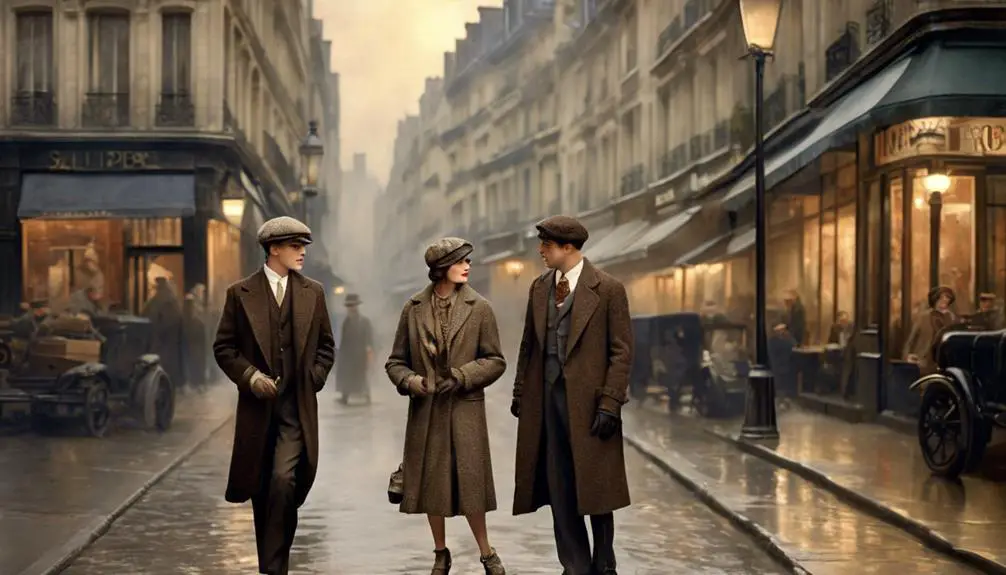
In "Hugo," the costume design plays a pivotal role in bringing the story to life. Sandy Powell meticulously crafted each outfit to captivate the imagination of both children and adults, using a carefully selected color palette that enhances emotional resonance throughout the film.
The costumes reflect the historical context of early filmmaking while also being practical; for instance, the growth allowance in children's costumes guarantees they remain visually appealing as the characters age.
One standout piece is the Station Inspector's uniform, designed in bright blue for easy identification in crowded scenes. This thoughtful choice not only aids clarity but also adds a layer of vibrancy to the film.
The costumes, especially during flashback sequences, echo the fantastical elements of Georges Méliès' original works, showcasing an impressive attention to detail that enriches the narrative.
Influences From Georges Méliès
Drawing inspiration from the whimsical world of Georges Méliès, the costumes in "Hugo" breathe life into the film's narrative. Sandy Powell's costume designs capture the essence of Méliès' creativity, showcasing vibrant colors and intricate designs that reflect the fantastical elements of early cinema. Each piece is a representation of Méliès' innovative spirit, channeling his imaginative flair while maintaining historical accuracy.
In flashback scenes, you'll notice how the costumes mimic Méliès' unique style, evoking a sense of nostalgia that transports you back to a time when visual storytelling was filled with wonder. The attention to detail in these costume designs enhances the narrative, drawing you deeper into the enchanting world of "Hugo."
Inspired by Méliès' techniques like stop trick and hand-painted color, the costumes not only pay homage to his work but also elevate the film's overall aesthetic. With their whimsical charm and historical resonance, the outfits invite you to appreciate the artistry behind early cinema, reminding you of the creativity that sparked so many cinematic dreams.
In "Hugo," you'll find a delightful blend of nostalgia and innovation, all rooted in the legacy of Georges Méliès.
Color Palette and Aesthetics
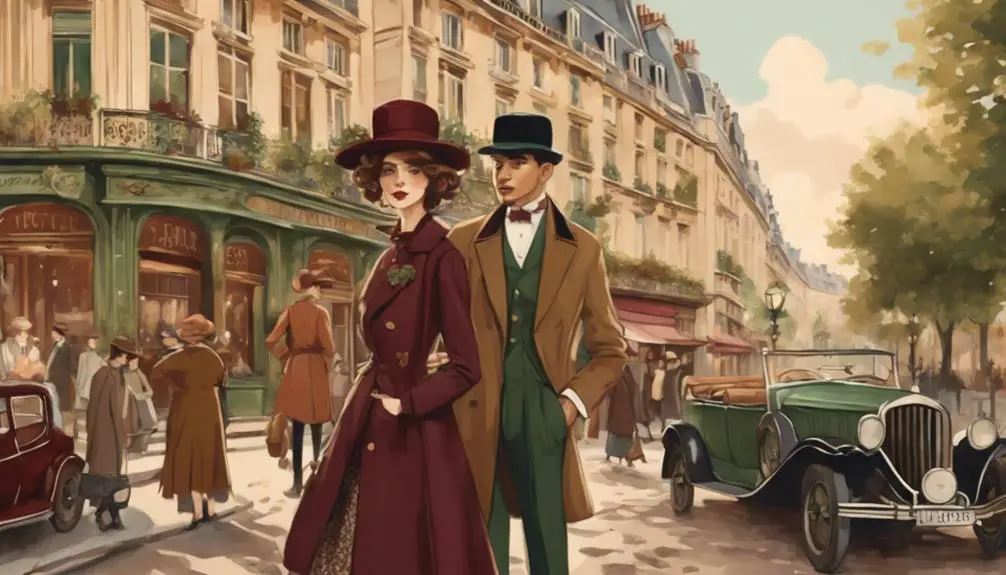
The color palette in "Hugo" serves as a vibrant canvas that enhances the film's enchanting narrative. Each costume is meticulously designed, featuring unique shades like the bright blue of the Station Inspector's uniform, which not only stands out in crowded scenes but also adds a whimsical tone to the visual storytelling. Gold accents enrich character portrayals, providing a striking visual contrast that captivates the audience and complements the film's overall aesthetic.
Soft textures and fabrics evoke a storybook feel, immersing you in the nostalgic atmosphere that defines "Hugo." This choice of materials contributes to the dreamlike quality of the film, making it resonate emotionally with viewers of all ages.
Specific color selections aren't just for looks; they enhance the storytelling experience, seamlessly intertwining with the narrative's themes and emotions.
As you watch, you'll appreciate how the carefully curated color palette and costumes work together to create a rich visual tapestry. The emotional resonance of the film is magnified through these artistic decisions, drawing you deeper into the world of Hugo, where every hue tells a story and every texture invites exploration.
Highlights of Key Costumes
Hugo's costumes really stand out, each one carefully crafted to tell a story about its wearer. For instance, Hugo's attire is intentionally designed to look slightly small, reflecting his impoverished background and the neglect he faces, especially with those ripped socks.
Then there's Isabelle, whose whimsical outfit features a distinctive beret, striped sweater, plaid skirt, and brown ankle boots, perfectly capturing the quirky yet sophisticated fashion of 1930s girls.
You can't miss the bright blue uniform of the Station Inspector, chosen for its standout visibility in the busy train station scenes, ensuring that audiences immediately recognize his character.
The costumes for the flashback scenes pay homage to Georges Méliès, incorporating elaborate designs that mimic the imaginative landscapes of early cinema, adding a layer of authenticity that enriches the overall narrative.
Powell and the costume team produced over 1,000 costumes for extras, meticulously sourcing vintage pieces from Parisian flea markets and secondhand stores.
This dedication to detail not only enhances the film's visual storytelling but also immerses you in the enchanting world of Hugo, making every outfit a crucial part of the cinematic experience.
Audience Reactions to Fashion
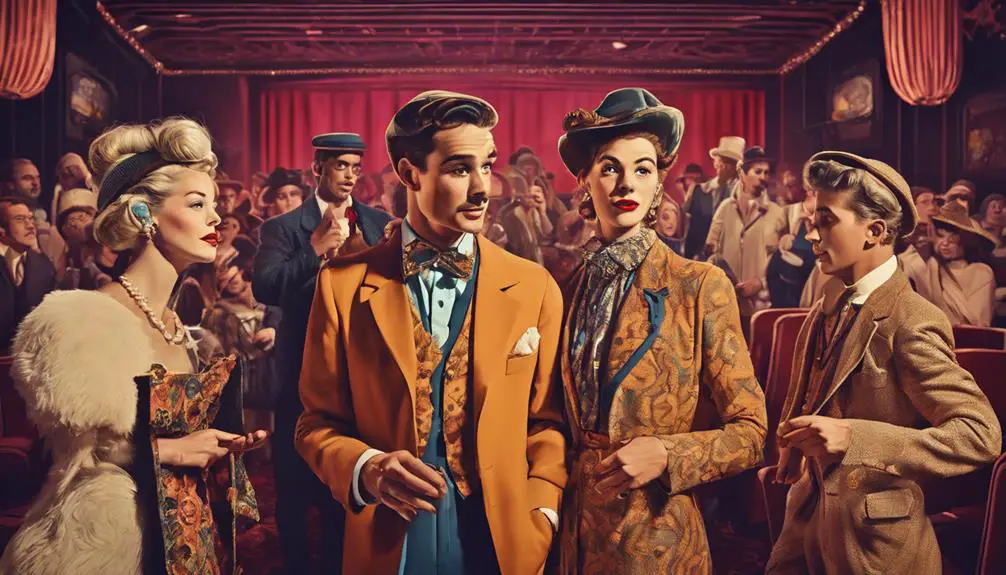
Audience reactions to the fashion in "Hugo" were overwhelmingly positive, showcasing a deep appreciation for the film's unique and nostalgic costumes that beautifully captured the essence of 1930s Paris.
Costume designer Sandy Powell's work resonated with viewers, especially the vintage children's clothing that sparked lively discussions about fashion trends from that era. The charming use of berets, particularly in Isabelle's outfits, reignited a love for this classic accessory, making it a must-have for many fans. Remarkably, the film's costumes reflect the timeless elegance often found in vintage Ralph Lauren, further enhancing the connection to historical style.
As audiences expressed their fashion preferences inspired by the film, they highlighted a delightful blend of quirky and sophisticated styles represented throughout the costumes. This unique combination added charm to the film, enhancing the overall viewing experience and creating a strong connection to childhood memories.
Many viewers found themselves enchanted by the film's visual storytelling, where Powell's designs played a pivotal role in bringing the characters and their world to life.
The fashion wasn't just about aesthetics; it evoked a sense of nostalgia and wonder, reminding viewers of the timeless elegance of 1930s Paris. "Hugo" effectively transformed historical fashion into a contemporary conversation about style, leaving a lasting impact on its audience.
Frequently Asked Questions
Is the Movie Hugo Steampunk?
While "Hugo" isn't strictly steampunk, it embraces steampunk aesthetics through its mechanical inventions, clockwork motifs, and Parisian atmosphere. The film's Hugo character designs and visual storytelling pay artistic homage to cinematic influences within the genre.
How Historically Accurate Is Hugo?
You'll find "Hugo" showcases remarkable historical accuracy, blending period details with cinematic techniques. The character portrayals reflect the historical context, enhancing visual aesthetics while representing narrative elements aligned with the director's vision and cultural significance of the era.
Which Train Station Is Hugo Set In?
You're exploring the film's setting, which is Gare Montparnasse in Paris. This train station embodies 1930s Paris architecture, symbolizing railway culture and urban nostalgia, while its clock tower enhances the cinematic realism and film location significance.
What Is the Main Message of the Movie Hugo?
You'll find "Hugo" weaves themes of perseverance and childhood innocence through mechanical wonders and friendship dynamics, exploring loss while evoking nostalgia for cinema. It highlights the importance of imagination and our connection to history in a journey of discovery.
